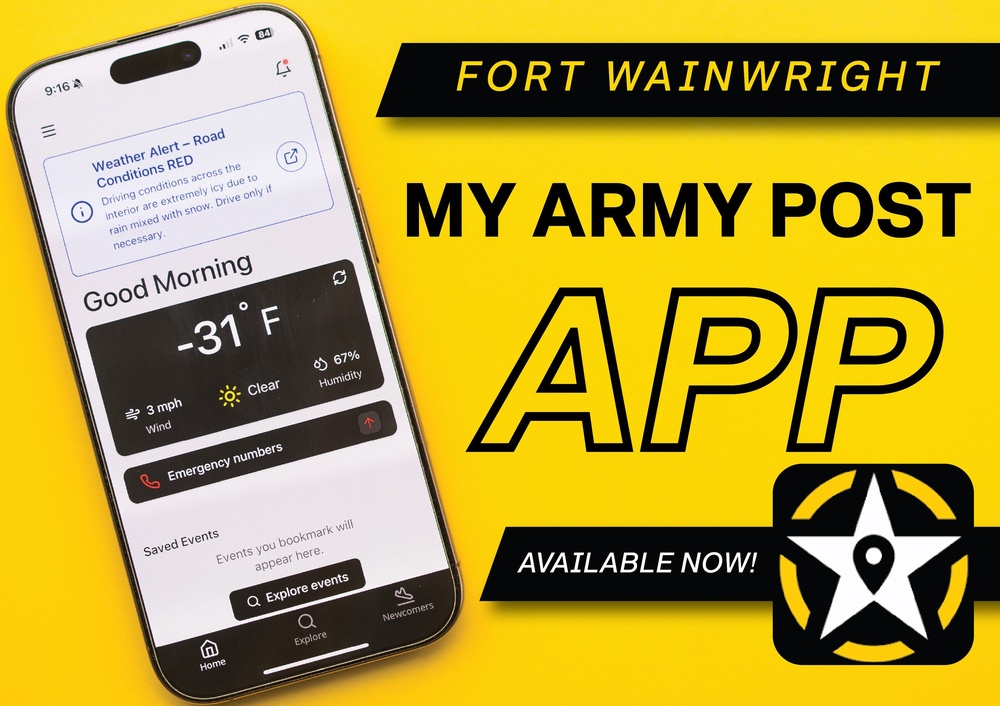On first mission to Great Lakes, NOAA ship will sonar map Lake Erie
CLEVELAND, OH — What’s underneath Lake Erie?
The answer isn’t a total mystery to Great Lakes mariners, but parts of lakebed off Ohio and Pennsylvania haven’t been surveyed since the 1940s and nautical charts that commercial ships rely on are long overdue for an update.
Because of that, the National Oceanic and Atmospheric Administration (NOAA) is sending one of its four deep-water hydrographic survey ships, the Thomas Jefferson, into the Great Lakes for several months this year to sonar-map the lakebed under heavily trafficked areas.
The mission marks the Jefferson’s first visit to the Great Lakes, and the first visit from a NOAA survey ship since Lake Huron was mapped off Alpena in the early 1990s.
The 2022 mission is part of a stepped-up effort to map the Great Lakes in recent years and will also involve surveying parts of the Detroit River and Lake Michigan off Wisconsin.
“It’s been a long time,” said Matthew Jaskoski, commanding officer of the Thomas Jefferson, which is embarking for the St. Lawrence Seaway in April following a drydock refit in its homeport of Norfolk and some ocean mapping off Virginia.
The Jefferson’s crew is excited for the voyage, he said.
“The seaway is one of the more challenging bits of navigation a mariner can do,” Jaskoski said. “The crew is very eager to get to a new place.”
Once in Lake Erie, the Jefferson will use multi-beam sonar to create 3D images of the lakebed. The focus is around the Cleveland Harbor approaches, as well as around South Bass Island, which is home to the Put-In-Bay village, a tourist hotspot that gets visitors by ferry.
In Pennsylvania, the ship will survey around Presque Isle State Park, a sandy spit peninsula that juts into the lake and creates Presque Isle Bay in Erie.
The Jefferson will also send a pair of smaller boats it carries on board and deploys with a winch system to the Detroit River, where they will survey around the Ambassador Bridge and the tunnel between the U.S. and Canada.
In Lake Erie, the Jefferson will be docked in Cleveland when not working offshore. The 208-foot-long ship, launched in 1991 as the U.S. Navy ship Littlehales, carries a crew of 35 and can be deployed for weeks at a time.
The ship will remain in Lake Erie; although parts of this year’s mission involve mapping Lake Michigan off the Wisconsin Shipwreck Coast, a 962-sqaure mile area that was designated as NOAA’s newest National Marine Sanctuary in 2021.
That work will be done by private contractors.
“We’re getting back into surveying up in the Great Lakes,” said Thomas Loeper, Great Lakes navigation manager for NOAA’s Office of Coast Survey.
The last time NOAA sent a ship of the Jefferson’s size and capability to the Great Lakes was the early 1990s, when the NOAAS Whiting, a 1960s era vessel with a storied career, mapped Lake Huron in what’s become the Thunder Bay National Marine Sanctuary.
The 2022 mission follows $17 million worth of contracted surveys in the Straits of Mackinac in 2019, southern Lake Michigan around Chicago and the industrialized Indiana shoreline in 2020 and parts of Lake Superior’s Whitefish Bay and Lake Michigan’s Green Bay in 2021.
NOAA, which is part of the U.S. Department of Commerce, surveys high vessel traffic areas. The primary purpose is to update navigational charts, but the data ends up being widely used among state and federal scientists and agencies.
“It feeds fisheries, navigation safety, ice models, hydrodynamic models and geological work,” Loeper said. “The whole idea of surveying is to do it one time to feed many different products, not only within NOAA but other state and government agencies and tribal groups.”
The mapping work employs a performing a scanning technique known commonly as “mowing the lawn,” in which wide swaths of lakebed are surveyed in a grid pattern.
The work often ends up locating undiscovered shipwrecks.
“It’s not uncommon at all,” said Jaskoski. “We find new shipwrecks, new obstructions, things on the bottom and changes in the nature of the seabed.”
“That’s the main reason we’re out there: To look for things not on the charts but should be.”
Related stories:
2022 Great Lakes ice entering typical range
WW2-era freighter’s final port is Canadian scrapyard
Wreck of the Contest re-emerges from Lake Michigan
Deep in Lake Michigan, divers find ship lost in 1899
Under Lake Michigan, classic cars rest in frigid silence
Coastal areas face reckoning as Great Lakes levels surge
Agencies practice oil spill response in Mackinac straits
Diver recalls record scuba descent to Edmund Fitzgerald
Why the Fitzgerald tragedy sticks with us
Navy ship is built on shore of Lake Michigan
Follow U.S.S. Milwaukee’s maiden voyage



